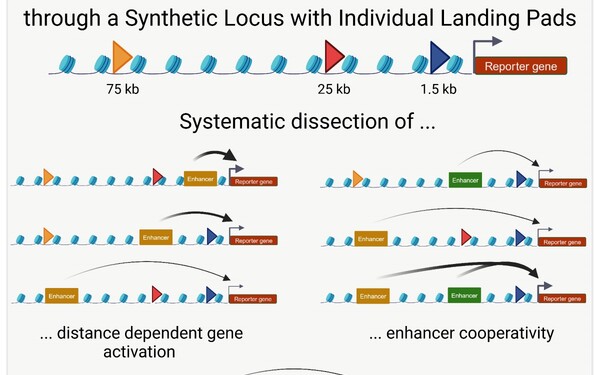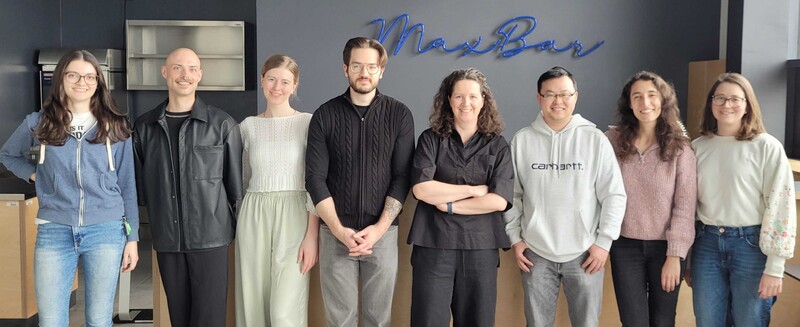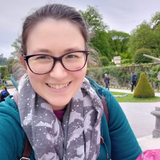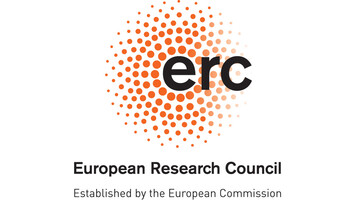Christa Buecker
Christa Buecker studied Biology at the University Stuttgart. She joined Niels Geijsen's lab at MGH and Harvard Stem Cell Institute in Boston, USA to study human pluripotency. For her postdoctoral work, she moved to Stanford to study transcriptional changes and enhancers in early embryonic development in Joanna Wysocka's lab. In 2015, she started her own group at Max Perutz Labs.



















